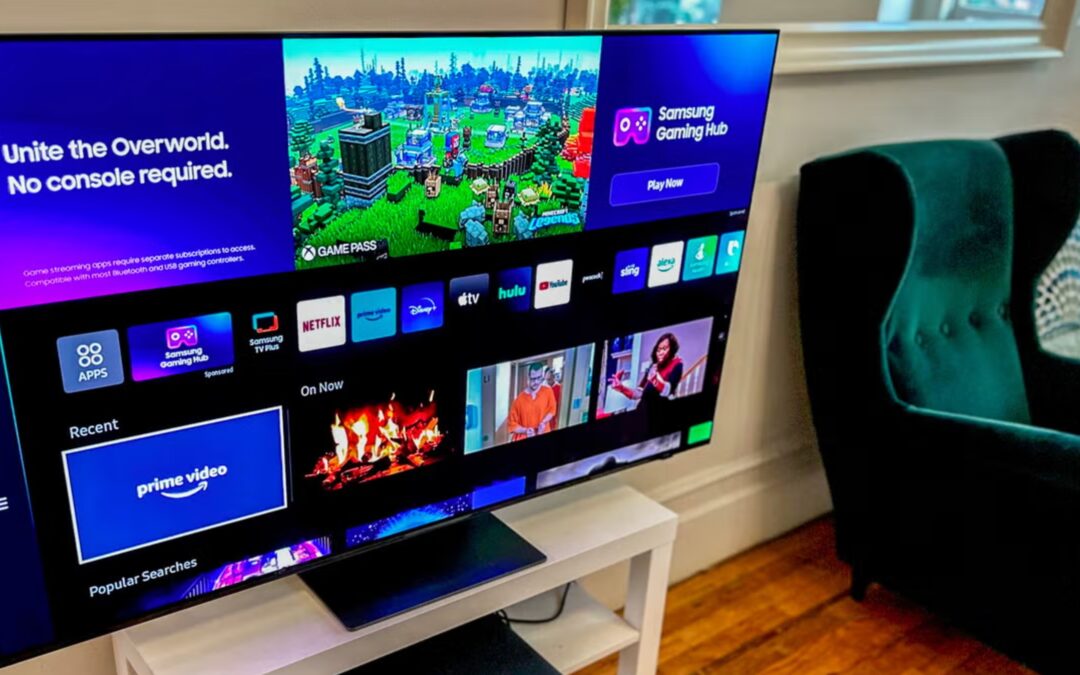Netflix has incorporated support for HDR10 Plus, enabling Samsung TV owners to fully utilize their device’s capacity for enhanced clarity and color in streaming.
The streaming service currently provides HDR10 Plus via its Premium package, with the format comprising approximately 50 percent of “eligible viewing hours.”
Samsung TVs significantly lack compatibility with Dolby Vision, an HDR standard featuring dynamic metadata that enhances tone and brightness levels for certain scenarios. In 2017, Samsung introduced HDR10 Plus, which also modifies tone-mapping on a scene-by-scene basis, but does not necessitate royalty payments like Dolby Vision.Although HDR10 Plus is less prevalent than Dolby Vision, Samsung is the leading television brand globally, commanding approximately 30 percent of the market share.
READ MORE: The Connected TV Market Is Dominated By Roku, Samsung, And Amazon

In the absence of HDR10 Plus functionality, Samsung TV owners have been limited to viewing material on Netflix in HDR10. In contrast to HDR10 Plus and Dolby Vision, HDR10 use static information for the entirety of a film or television program, adopting a “one-size-fits-all” methodology for tone-mapping that may result in diminished accuracy in lighting, particularly in extremely bright or dark areas.
READ MORE: Samsung’s 2025 TV Lineup Makes Significant Investments In AI And Anti-Glare Panels
Although few streaming platforms besides Prime Video initially supported HDR10 Plus, additional services have progressively adopted it, including Disney Plus, Apple TV Plus, and now Netflix. Other televisions from Panasonic, Hisense, and TCL also provide HDR10 Plus, although numerous models additionally support Dolby Vision.

Netflix has activated HDR10 Plus on the AV1 video codec, necessitating a television that supports this standard. Most televisions manufactured in the past five years have incorporated AV1 technology. The business intends to broaden its collection of HDR10 Plus material to encompass all HDR titles by the conclusion of 2025.
Step into the ultimate entertainment experience with Radiant TV! Movies, TV series, exclusive interviews, live events, music, and more—stream anytime, anywhere. Download now on various devices including iPhone, Android, smart TVs, Apple TV, Fire Stick, and more!


